Straight piping a car can cost anywhere from $200 to $1,000, depending on various factors such as the make and model of the vehicle, the type of exhaust system, and the labor involved. The cost includes the removal of the catalytic converter, muffler, and resonator, and the installation of a straight pipe that bypasses these components, resulting in a louder and more aggressive exhaust sound.
Straight piping is a popular modification among car enthusiasts who want to enhance the performance and sound of their vehicles. However, it is important to note that straight piping may not be legal in some areas due to emissions regulations.
Aftermarket Exhaust Systems: Understanding The Basics
Understanding the basics of aftermarket exhaust systems is essential when considering the cost of straight piping a car. Explore the various factors that influence pricing to make an informed decision.
Introduction To Aftermarket Exhaust Systems
An aftermarket exhaust system is a modification that car enthusiasts often consider to enhance the performance, sound, and overall aesthetics of their vehicles. Unlike the stock exhaust systems installed by the manufacturer, aftermarket exhaust systems offer various customization options to cater to specific preferences and vehicle requirements.
Whether you’re looking to increase horsepower, improve fuel efficiency, or achieve a more aggressive exhaust note, aftermarket exhaust systems provide a wide range of choices to suit your needs.
Benefits Of Installing An Aftermarket Exhaust System
Installing an aftermarket exhaust system can bring several benefits to your car’s performance and driving experience:
- Enhanced Exhaust Flow: Aftermarket exhaust systems often feature wider pipes, larger mufflers, and better designs to improve exhaust flow. This results in reduced backpressure, allowing the engine to breathe more freely and potentially increase horsepower and torque.
- Improved Sound: One of the main reasons car enthusiasts opt for an aftermarket exhaust system is for the enhanced sound. These systems are designed to produce a deeper, throatier tone, giving your vehicle a sportier or more aggressive sound signature.
- Weight Reduction: Many aftermarket exhaust systems use lighter materials such as stainless steel or titanium, resulting in weight reduction compared to stock systems. This can help improve overall vehicle performance and handling.
- Aesthetically Pleasing: Beyond the technical benefits, aftermarket exhaust systems often come in different styles and finishes, allowing you to personalize the look of your car. Whether you prefer a polished stainless steel finish or a sleek black ceramic coating, you can find an exhaust system that matches your desired aesthetic.
Examples Of Popular Aftermarket Exhaust Brands And Their Features
When it comes to aftermarket exhaust systems, there are several reputable brands to choose from. Here are a few examples of popular brands and their notable features:
| Brand | Features |
|---|---|
| 1. Brand A | High-quality stainless steel construction for durabilityVarious muffler options to achieve desired sound outputEasy installation with precise fitment |
| 2. Brand B | Lightweight titanium construction for weight reductionAdvanced exhaust design for improved performanceCustomizable options for sound tuning |
| 3. Brand C | Unique hybrid design combining stainless steel and carbon fiberEnhanced airflow for better engine efficiencyEye-catching carbon fiber tips for a premium look |
Straight Pipe Vs. Traditional Exhaust Systems: Pros And Cons
Straight pipe and traditional exhaust systems are two options for car enthusiasts looking to enhance their vehicle’s performance and sound. While straight piping a car may have a lower cost upfront, it can lead to potential drawbacks such as increased noise levels and legal compliance issues.
Traditional exhaust systems, on the other hand, offer a more balanced approach with better sound control and adherence to legal requirements.
Explanation Of Straight Pipe And Traditional Exhaust Systems
When it comes to modifying a car’s exhaust system, two popular options are straight piping and using a traditional exhaust system. Each option has its own advantages and disadvantages, so it’s essential to understand them before making a decision.
Pros And Cons Of Straight Piping A Car
Straight piping a car involves removing the muffler and other components of the exhaust system, allowing the exhaust gases to flow freely. This modification can offer several benefits.
| Pros | Cons |
|---|---|
| 1. Improved exhaust flow, leading to increased horsepower and torque. | 1. Louder exhaust sound, which can be unpleasant to some individuals and may violate noise regulations in certain areas. |
| 2. Enhanced engine response and throttle performance. | 2. Loss of backpressure, potentially reducing low-end torque. |
| 3. Weight reduction, as the removal of the muffler and other components reduces the overall weight of the car. | 3. Increased emissions, as straight piping eliminates catalytic converters that help reduce harmful pollutants. |
Pros And Cons Of Using A Traditional Exhaust System
| Pros | Cons |
|---|---|
| 1. Quieter exhaust sound, suitable for those who prefer a more subdued driving experience. | 1. Slightly reduced horsepower and torque compared to straight piping due to increased backpressure. |
| 2. Compliance with emissions regulations, as catalytic converters help reduce harmful pollutants. | 2. Limited customization options, as traditional exhaust systems usually offer less flexibility for modification. |
| 3. Improved low-end torque, which can enhance off-the-line acceleration. | 3. Additional weight, as the muffler and other components add to the overall weight of the car. |
Considering the pros and cons of straight piping and utilizing a traditional exhaust system is crucial when deciding on the best option for your car. It ultimately depends on your personal preferences, local noise regulations, emission standards, and desired performance attributes.
Cost Breakdown: Understanding The Expenses Involved
When it comes to customizing your car’s exhaust system, one popular option is straight piping. Straight piping involves removing the restrictive muffler and replacing it with a straight pipe, allowing for improved exhaust flow and a more aggressive sound.
However, before you decide to embark on this modification, it’s essential to understand the expenses involved. In this section, we will break down the cost of straight piping a car, focusing on the factors that influence the price, the materials and equipment required, as well as the labor costs.
Factors Influencing The Cost Of Straight Piping A Car
The cost of straight piping a car can vary depending on various factors. Let’s explore these factors:
- The make and model of your car: Different cars have different exhaust systems, and the complexity of the system can influence the overall cost of the straight piping modification. Performance cars with intricate exhaust setups may require additional time and expertise to complete the customization.
- The type of materials used: The choice of materials for your straight pipe can impact the cost. Stainless steel is a popular option due to its durability and corrosion resistance, but it tends to be pricier than other materials like aluminized steel or mild steel.
- The size of the exhaust system: Larger exhaust systems may require more materials, which can contribute to a higher cost. Additionally, the exhaust diameter can affect the overall sound and performance of the car.
- Local labor rates: Labor costs can vary depending on your location and the expertise of the mechanic or custom exhaust shop you choose. Consider researching different shops and obtaining quotes to get an idea of the labor costs involved.
Materials And Equipment Required For The Installation
Before you embark on straight piping your car’s exhaust system, you’ll need to gather the necessary materials and equipment. Here’s a breakdown of what you’ll need:
- Exhaust pipe: This is the main component that replaces the muffler. Ensure that you choose the appropriate size and type of pipe for your specific car.
- Clamps and hangers: These are essential for securing the new straight pipe in place and ensuring it doesn’t move or rattle.
- Gaskets and seals: These are necessary for creating a tight seal between the different exhaust components and preventing leaks.
- Hand tools: You’ll need a variety of hand tools such as wrenches, sockets, and pliers to remove the old muffler and install the new straight pipe.
- Protective equipment: Safety goggles, gloves, and a mask are essential when working under your car to protect yourself from debris and harmful fumes.
Labor Costs Involved In The Customization Process
While some car enthusiasts may opt to perform the straight piping modification themselves, many prefer to seek professional help for a precise and reliable installation.
The labor costs involved can vary depending on the shop and the complexity of the job. On average, you can expect to pay between $100 and $500 for labor, but this can differ based on your location and the expertise of the mechanic.
In conclusion, the cost of straight piping a car encompasses various factors, including the make and model of your car, the materials and equipment required, as well as the labor costs involved. By understanding these expenses, you can make an informed decision and budget accordingly for this customization project.
Average Cost Range For Straight Piping A Car: Exhaust Customization On A Budget
Straight piping a car has become a popular choice among car enthusiasts looking to enhance their vehicle’s performance and unleash that raw, aggressive exhaust note.
But, how much does it actually cost to straight pipe a car? In this article, we will examine the average cost range for straight piping a car, factors that can affect the cost range, and budget-friendly alternatives for exhaust customization.
Examining The Average Cost Range For Straight Piping A Car
When it comes to straight piping a car, the average cost range can vary depending on several factors. On average, you can expect to pay between $500 and $1500 for a professional straight piping job.
However, keep in mind that this is just a rough estimate and the actual cost may vary based on your location, the make and model of your car, and the complexity of the job.
If you are handy with tools and have some experience working on cars, you might consider taking the DIY approach. In this case, the cost of materials such as exhaust pipes, muffler deletes, and clamps can range from $100 to $300, depending on the quality and brand you choose.
However, keep in mind that DIY straight piping can be challenging and time-consuming, so it’s important to have the necessary skills and equipment.
Factors That Can Affect The Cost Range
The actual cost of straight piping your car can be influenced by several factors:
- Car make and model: The cost may vary based on the complexity of the exhaust system and the availability of aftermarket parts for your specific car.
- Labor charges: If you choose to hire a professional, their rates may vary depending on their experience, location, and the amount of work required.
- Customization options: If you opt for additional modifications, such as adding a resonator or a high-flow catalytic converter, the cost will increase accordingly.
Budget-friendly Alternatives For Exhaust Customization
If you’re on a tight budget but still want to customize your car’s exhaust, there are some affordable alternatives you can consider:
- Muffler delete: This involves removing the muffler from your exhaust system, resulting in a louder and more aggressive sound. The cost of a muffler delete can range from $50 to $200, depending on your car’s make and model.
- Axle-back exhaust: This modification replaces the rear section of the exhaust system, including the mufflers and exhaust tips. Axle-back exhaust systems are usually less expensive than a full straight piping job, with prices ranging from $200 to $600.
- Cat-back exhaust: This upgrade replaces the exhaust system from the catalytic converter to the exhaust tips. While it can be more costly than a muffler delete or axle-back system, prices typically range from $500 to $1500, depending on the brand and materials used.
It’s important to note that these alternatives may not provide the same level of performance improvement as a full straight piping job, but they can still give your car a more aggressive sound without breaking the bank.
Diy Vs. Professional Installation: Choosing The Right Approach
Choosing between DIY and professional installation for straight piping a car is a common dilemma. While DIY can save money, professional installation ensures expertise and quality. Understanding the cost and complexity of the job helps make an informed decision.
When it comes to customizing your car’s exhaust with a straight pipe, you have two options: DIY or professional installation. Both approaches have their pros and cons, so it’s important to consider your preferences, budget, and skill level before making a decision.
Pros And Cons Of Diy Straight Piping
Doing a straight pipe installation yourself can be tempting, especially if you’re a car enthusiast who loves working on their own vehicle. Here are some pros and cons to consider:
| Pros | Cons |
|---|---|
| Cost-saving optionOpportunity to learn and gain hands-on experienceFulfilling for DIY enthusiastsFlexibility to customize according to personal preferences | Requires technical knowledge and experiencePotential for mistakes or improper installationLimited warranty or supportTime-consuming process |
Benefits Of Hiring A Professional For Exhaust Customization
If you prefer a hassle-free and expertly executed straight pipe installation, hiring a professional exhaust installer is your best bet. Consider the following benefits:
- Experience and expertise: Professionals have the necessary knowledge and skills to ensure a seamless and high-quality installation.
- Efficient and time-saving: With their experience, professionals can complete the job in a fraction of the time it might take for a DIY approach.
- Warranty and support: Reputable professionals often offer warranties on their work, giving you peace of mind and a safety net if any issues arise.
- Professional-grade tools and equipment: Exhaust professionals have access to specialized tools and equipment, resulting in a superior installation.
Tips For Finding A Reputable And Affordable Professional Exhaust Installer
When looking for a professional exhaust installer who balances quality and affordability, consider the following tips:
- Research and read reviews: Look for reputable installers in your area and read reviews from previous customers to gauge their quality of work and customer satisfaction.
- Get multiple quotes: Reach out to several installers and request quotes for the specific customization you desire. Compare prices and services to find the best value for your money.
- Ask for referrals: Seek recommendations from fellow car enthusiasts or trusted mechanics. Personal referrals can often lead you to reliable and affordable professionals.
- Check certifications and credentials: Verify that the installer you are considering has proper certifications and credentials, ensuring they comply with industry standards and regulations.
- Request examples of previous work: Ask the installer for pictures or examples of their previous exhaust customization projects. This will give you a better understanding of their capabilities and style.
Frequently Asked Questions For How Much Does It Cost To Straight Pipe A Car
Is It Worth It To Straight Pipe A Car?
Straight piping a car can increase its performance and sound, but it may have downsides too. It’s worth it if you prioritize a louder and more aggressive exhaust note. However, it can lead to legal issues, reduced fuel efficiency, and potential engine damage.
Consider your preferences and the possible consequences before making a decision.
What Will A Straight Pipe Do To My Car?
A straight pipe will remove the muffler and catalytic converter, resulting in louder exhaust sound and increased performance. However, it may not comply with emissions regulations, impact fuel efficiency, and cause engine backpressure issues.
Does Straight Piping Use More Fuel?
Yes, straight piping can use more fuel. By removing the muffler and exhaust system restrictions, it increases engine efficiency but can lead to increased fuel consumption.
Do Straight Pipes Pass Emissions?
No, straight pipes do not pass emissions.
Conclusion
The cost of straight piping a car can vary depending on several factors such as the type of vehicle, desired performance gains, and your location. It is essential to consider the potential drawbacks, such as increased noise levels and potential legal issues.
Ultimately, consulting with a professional and weighing the pros and cons will help you make an informed decision.
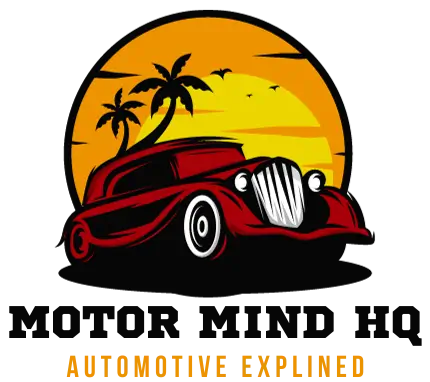

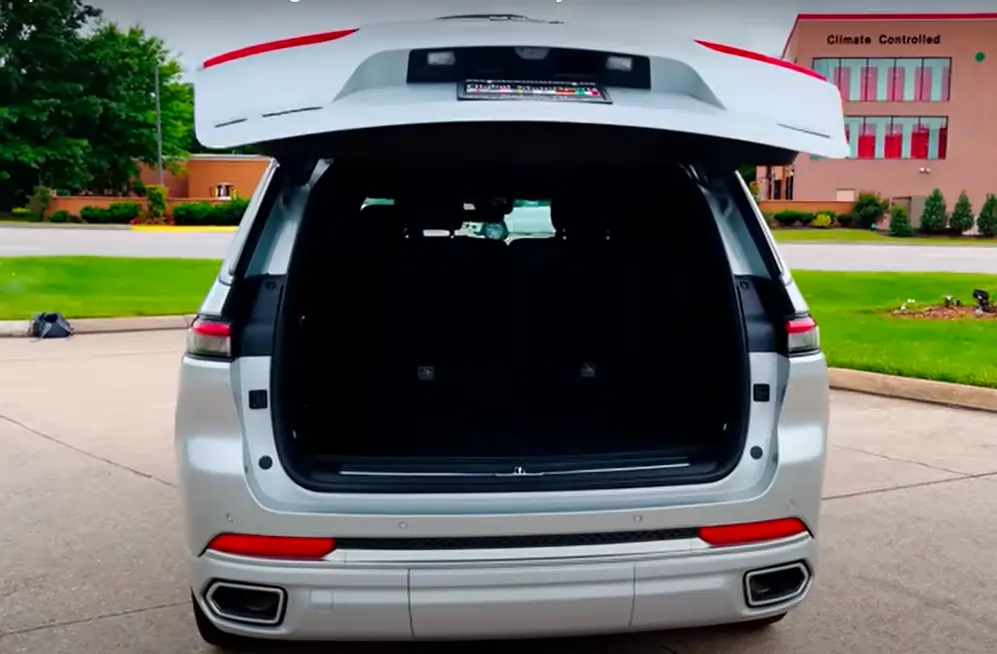


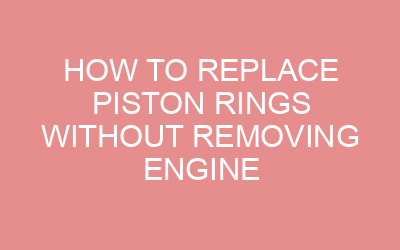

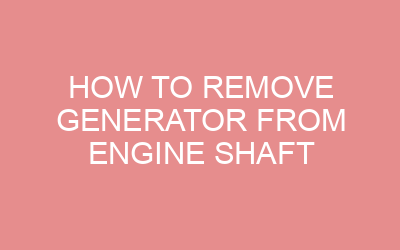
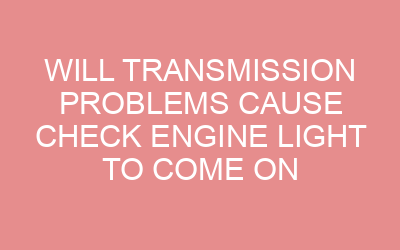
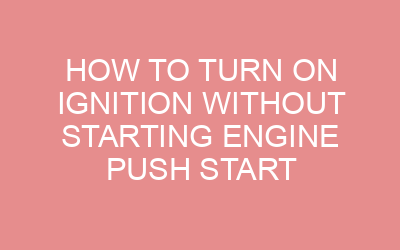

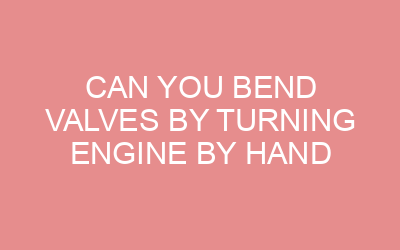


Leave a Reply